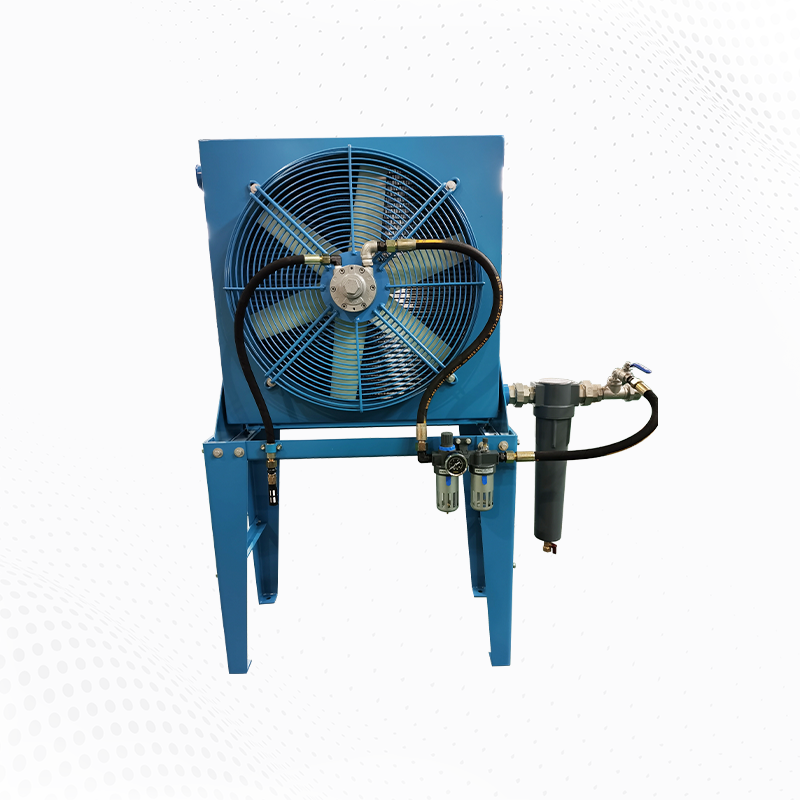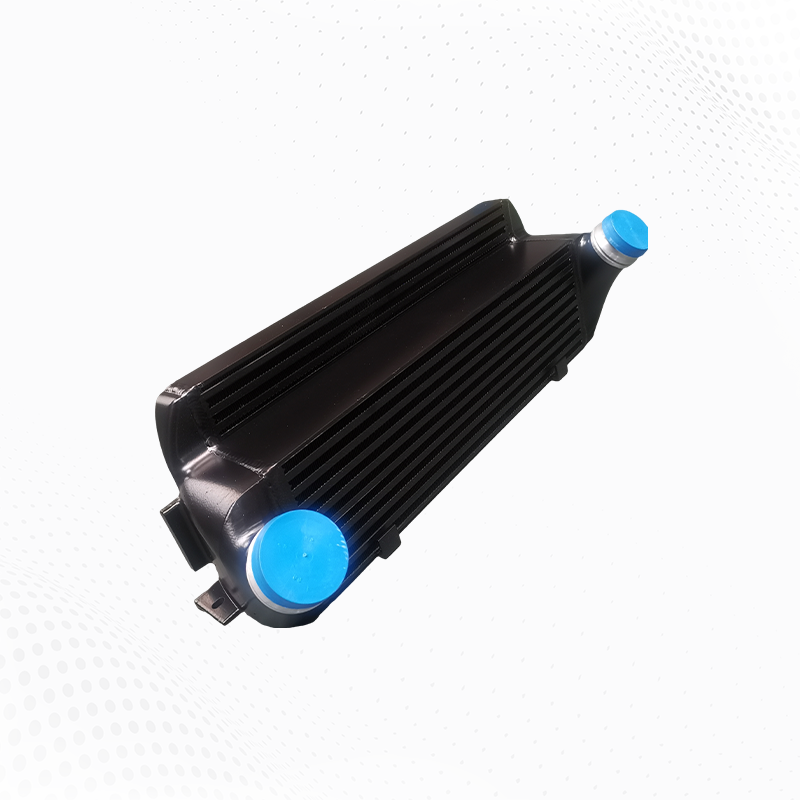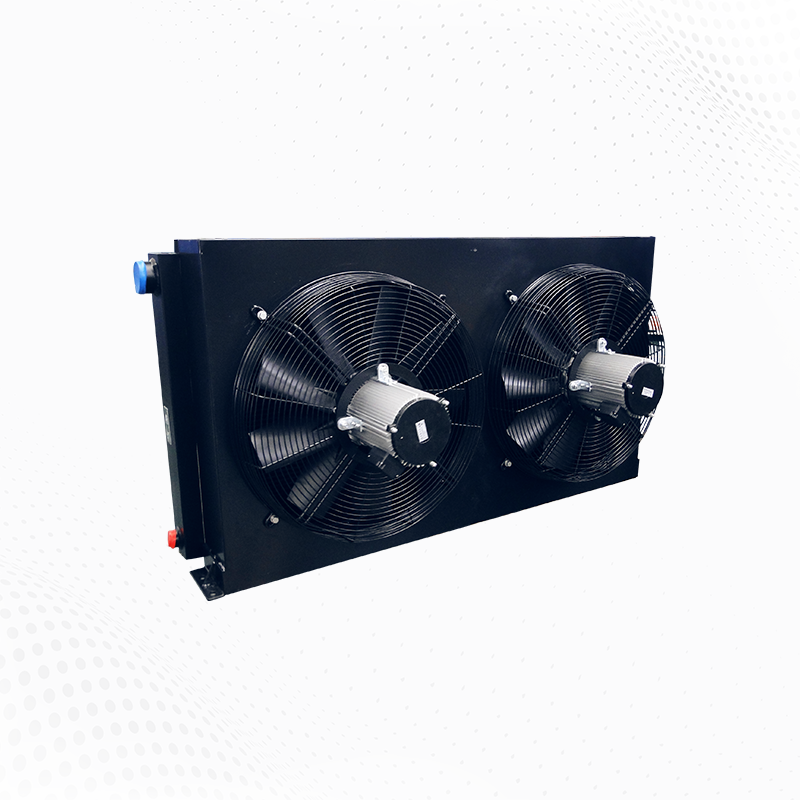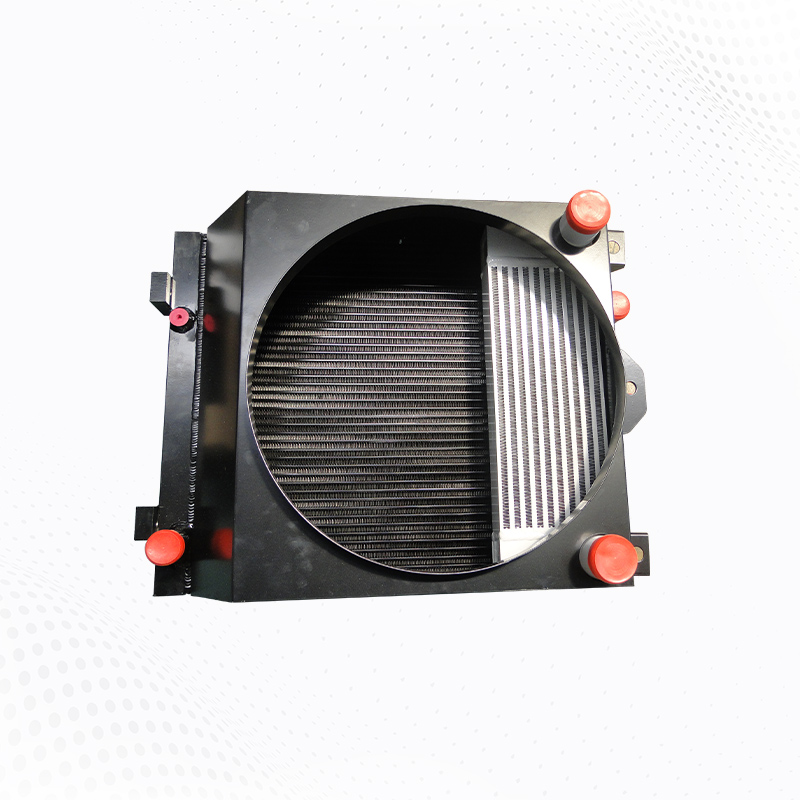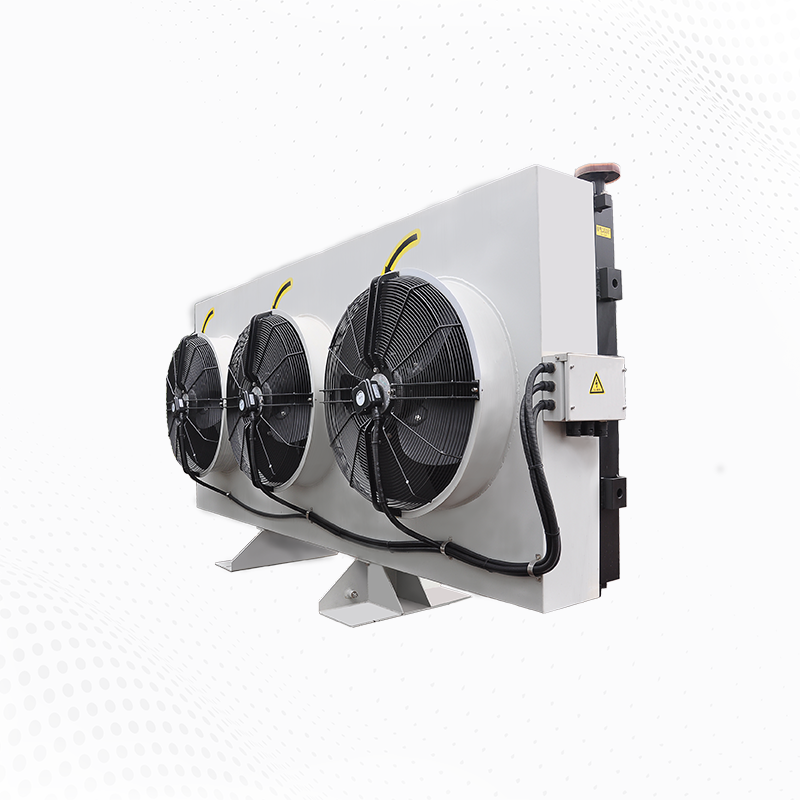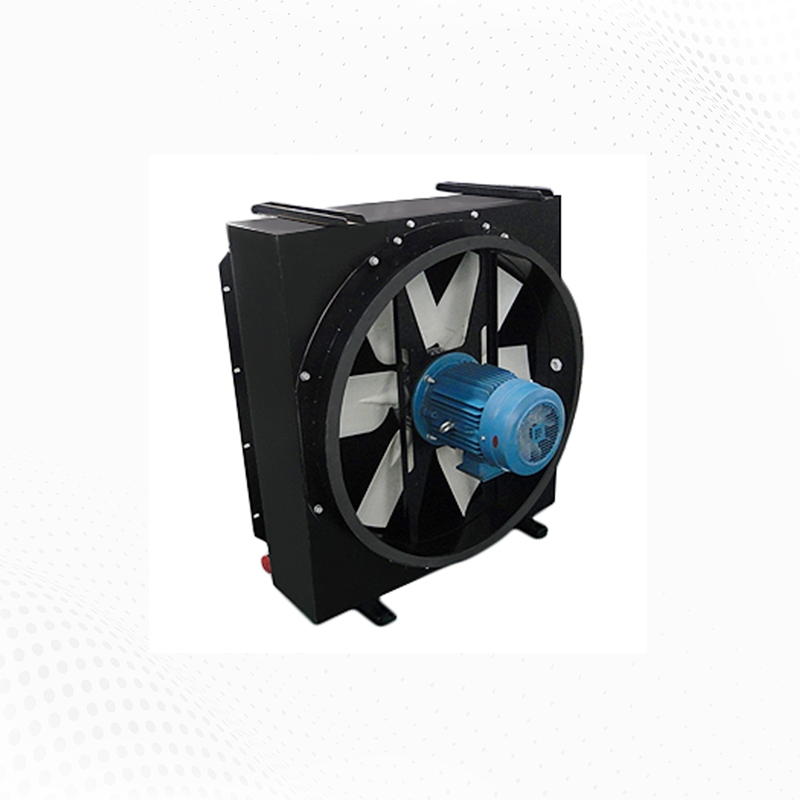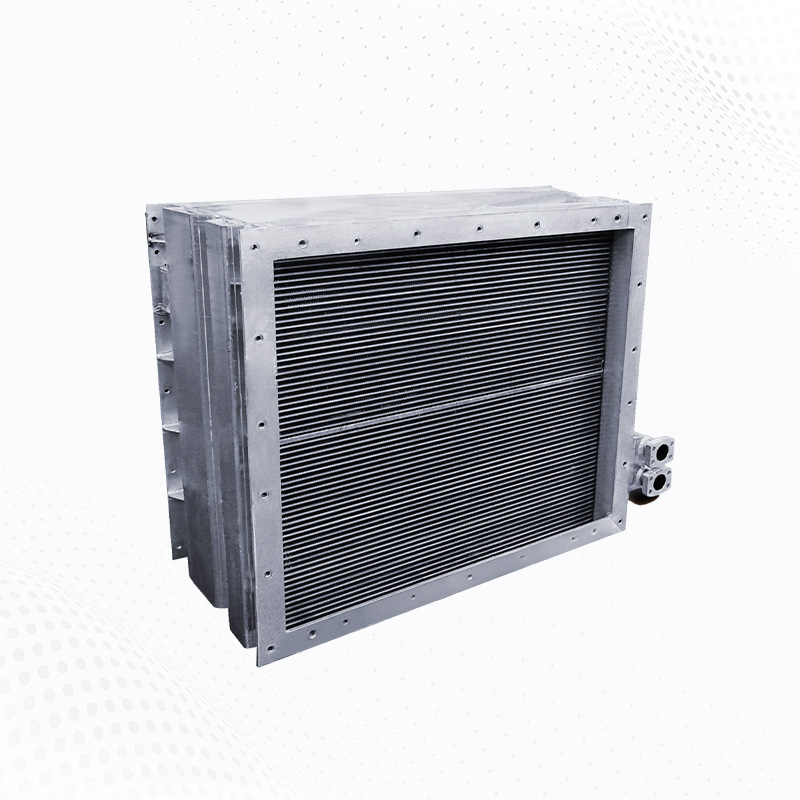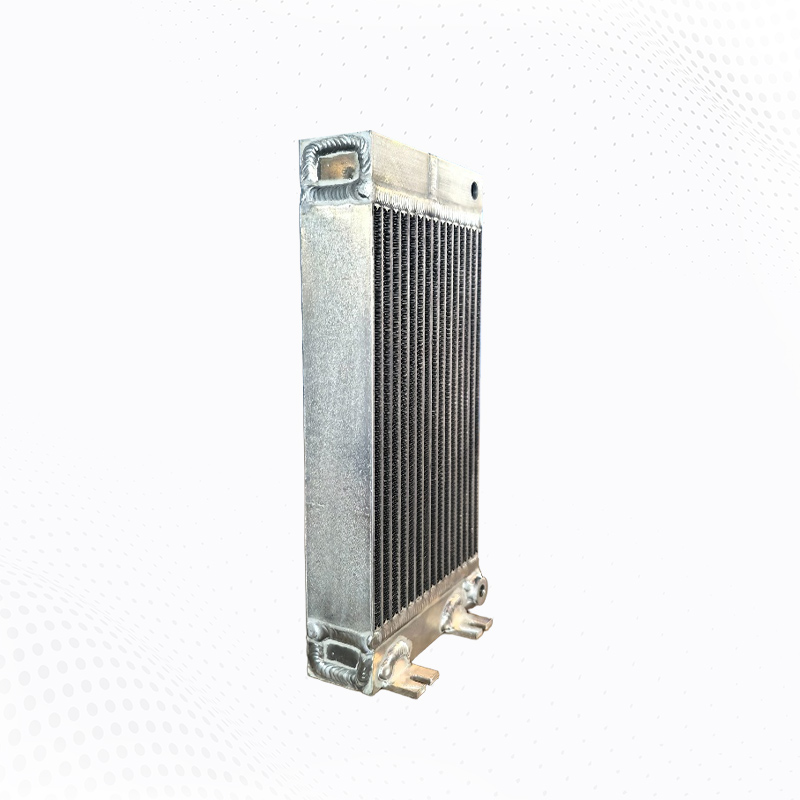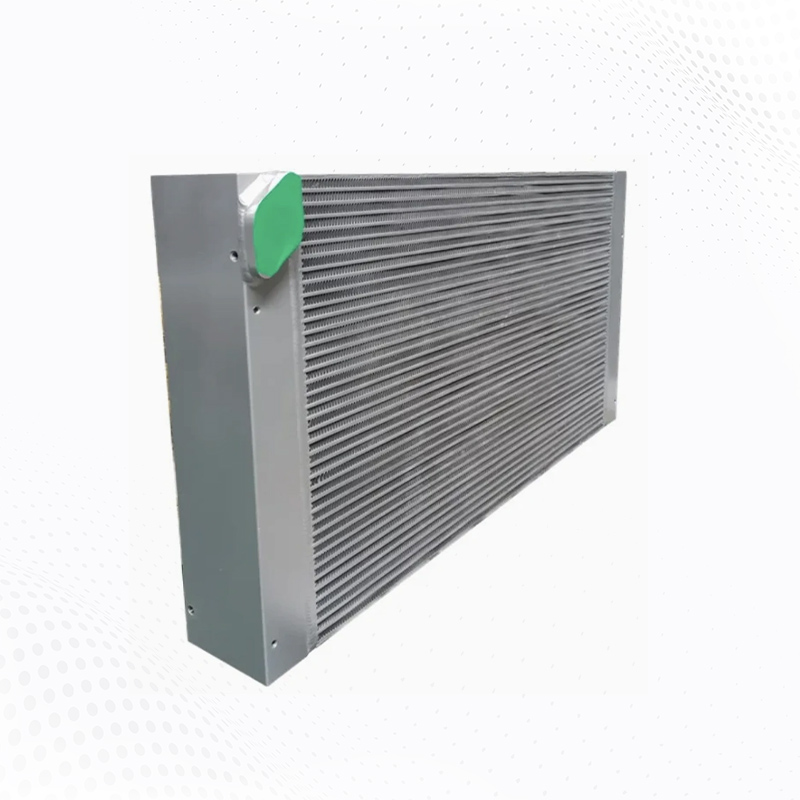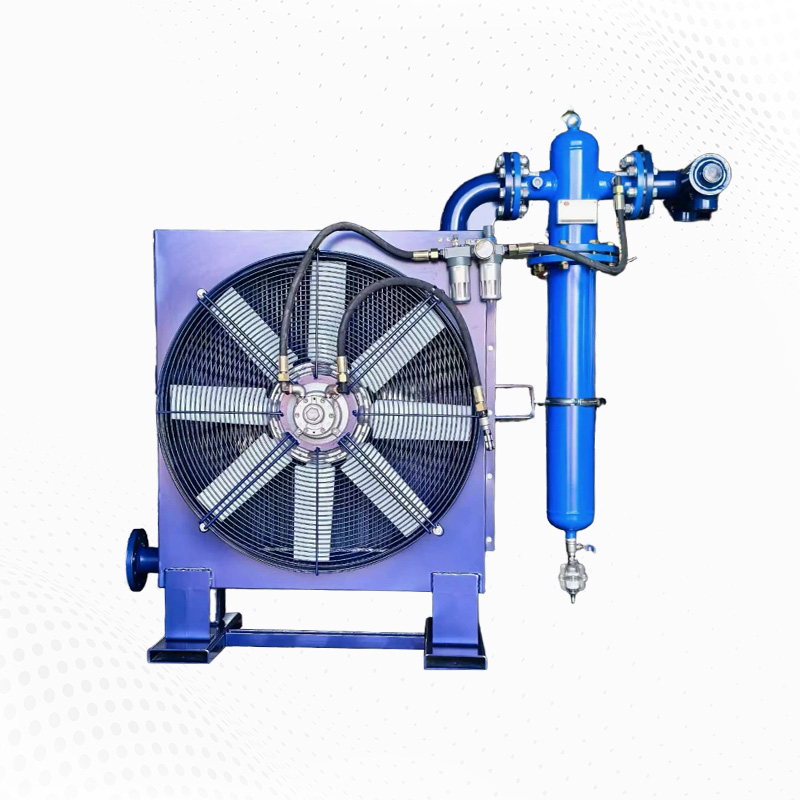I am a Wuxi Yuda engineer with over 20 years designing and specifying coolers. Below are practical picks and guidance focused on the aluminum plate fin cooler for engine cooling—compact, efficient, and engineered for real-world duty.
Why choose an aluminum plate fin cooler for engines?
The aluminum plate fin cooler combines high surface area with low weight. For engine duty—whether diesel generator sets, gas compressors, or marine propulsion—an aluminum plate fin cooler offers excellent thermal performance for its mass and footprint.
Compared with shell-and-tube options, the aluminum plate fin cooler reduces installed weight and often lowers required fan power for a given duty when designed correctly.
How an aluminum plate fin cooler protects engines
An aluminum plate fin cooler maintains oil and charge-air temperatures within safe ranges. Stable oil temperature reduces viscosity swings and wear. Stable charge-air temperature improves combustion and reduces knocking. Properly selected, the aluminum plate fin cooler extends engine life and reduces unscheduled downtime.
Top picks — selection categories
Below are my engineer-recommended aluminum plate fin cooler picks by use-case. Each pick focuses on durability, thermal performance, and serviceability.
1. Heavy-duty engine oil cooler — high UA aluminum plate fin cooler
Best for high-power diesel or gas engines where oil duty is heavy. Choose an aluminum plate fin cooler with deep core, dense fin pack and robust headers. Look for brazed plate-fin construction, reinforced manifolds, and accessible isolation valves.
2. Charge-air cooler — low pressure-drop aluminum plate fin cooler
For turbocharged engines, a charge-air oriented aluminum plate fin cooler should prioritize low air-side pressure drop and high surface area. Louvered or wavy fins engineered to the airflow profile deliver good cooling with minimal fan penalty.
3. Compact marine engine cooler — corrosion-resistant aluminum plate fin cooler
Marine environments demand corrosion-aware aluminum plate fin cooler choices. Use marine-grade alloys, protective epoxy or anodized surfaces, and consider sacrificial anodes on cooling circuits when seawater is involved.
4. Generator set package cooler — modular aluminum plate fin cooler
For gensets, modular aluminum plate fin cooler cores that stack or parallelize simplify spare parts and speed maintenance. Modular cores also allow easy derating or upgrade in the field.
Key specification points for any aluminum plate fin cooler pick
UA and ∆T targets: Define required UA and acceptable approach temperature for the aluminum plate fin cooler.
Air-side pressure drop: Limit fan power by specifying acceptable pressure drop for the chosen aluminum plate fin cooler.
Material & coatings: Select alloys and surface protection suitable for the application environment for the aluminum plate fin cooler.
Fouling allowance: Specify fin geometry to match particulate load and cleaning strategy for the aluminum plate fin cooler.
Service access: Plan for access, bypass valves, and inspection points for the aluminum plate fin cooler.
Installation tips — get your aluminum plate fin cooler working right
Installers should mind airflow patterns. A poorly ducted inlet negates a well-chosen aluminum plate fin cooler. Allow sufficient clearance for cleaning and fan service.
During commissioning, validate flows, pressure drops, and oil-side ∆T. Small piping or manifold errors can reduce the effective UA of an aluminum plate fin cooler.
Maintenance picks — extend cooler life
Monitor differential pressure across the core to detect fouling on the aluminum plate fin cooler.
Schedule annual visual inspection for fin damage and corrosion for the aluminum plate fin cooler.
Use gentle cleaning methods—air blow-down or low-pressure washing—to avoid bending fins on the aluminum plate fin cooler.
Keep spare cores or modular sections to reduce downtime in critical engine applications using an aluminum plate fin cooler.
Performance trade-offs to understand
A high-density fin pack increases heat transfer for an aluminum plate fin cooler but also increases air-side pressure drop. For engine installations with already limited fan capacity, balance fin density against available fan power. For fouling-prone environments, prefer more open fin geometries for the aluminum plate fin cooler.
Real-world example — skid-mounted genset cooler
On a recent project we replaced a bulky shell-and-tube with a compact aluminum plate fin cooler assembly. The genset footprint shrank, total weight dropped, and cooling performance met the same duty with lower fan energy. Serviceability improved thanks to modular cores that could be swapped during scheduled maintenance without full skid outage.
How to choose the right aluminum plate fin cooler model — a short checklist
Confirm heat duty (kW) and allowed approach temperature for the aluminum plate fin cooler.
Define maximum air-side pressure drop and fan power constraints.
Decide fluid connections, service panels, and isolation valves for the aluminum plate fin cooler.
Choose fin type and material for expected environment and fouling risk for the aluminum plate fin cooler.
Request UA curves and part-load performance for the aluminum plate fin cooler.
Why Wuxi Yuda’s aluminum plate fin cooler solutions
Wuxi Yuda designs brazed and mechanically-bonded aluminum plate fin cooler cores tuned for engine-duty. We provide UA curves, fouling allowances, and field support during commissioning. Our modular approach keeps spare-part lists short and maintenance predictable.
Engineer’s closing advice
As an engineer who’s specified many coolers, I recommend prioritizing the system-level outcome over a single metric. The right aluminum plate fin cooler is the one that meets duty, fits the site constraints, and remains serviceable for years. Consider load profiles, fouling risk, and fan power when you pick your cooler.
For data sheets, UA curves or configuration support for an aluminum plate fin cooler, contact Wuxi Yuda engineering — we will help you pick the model that keeps your engines reliably cool.


